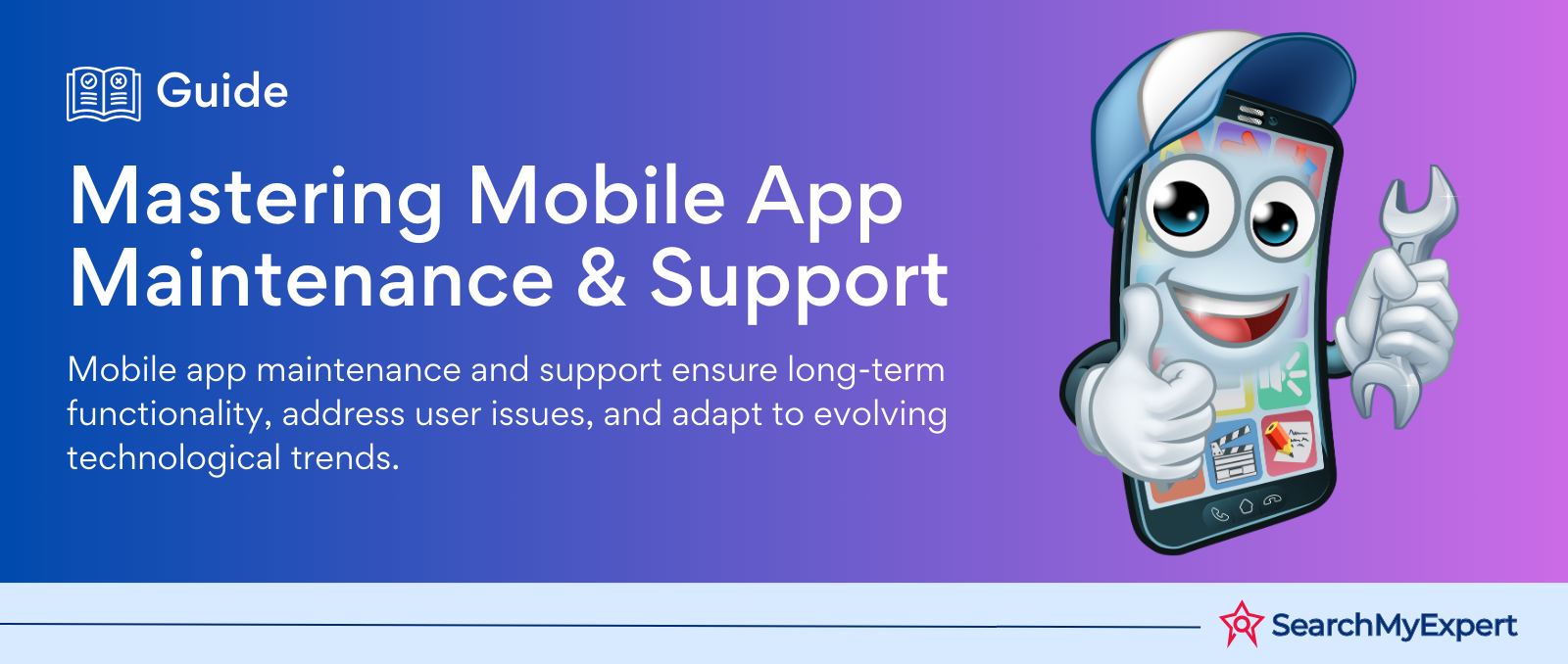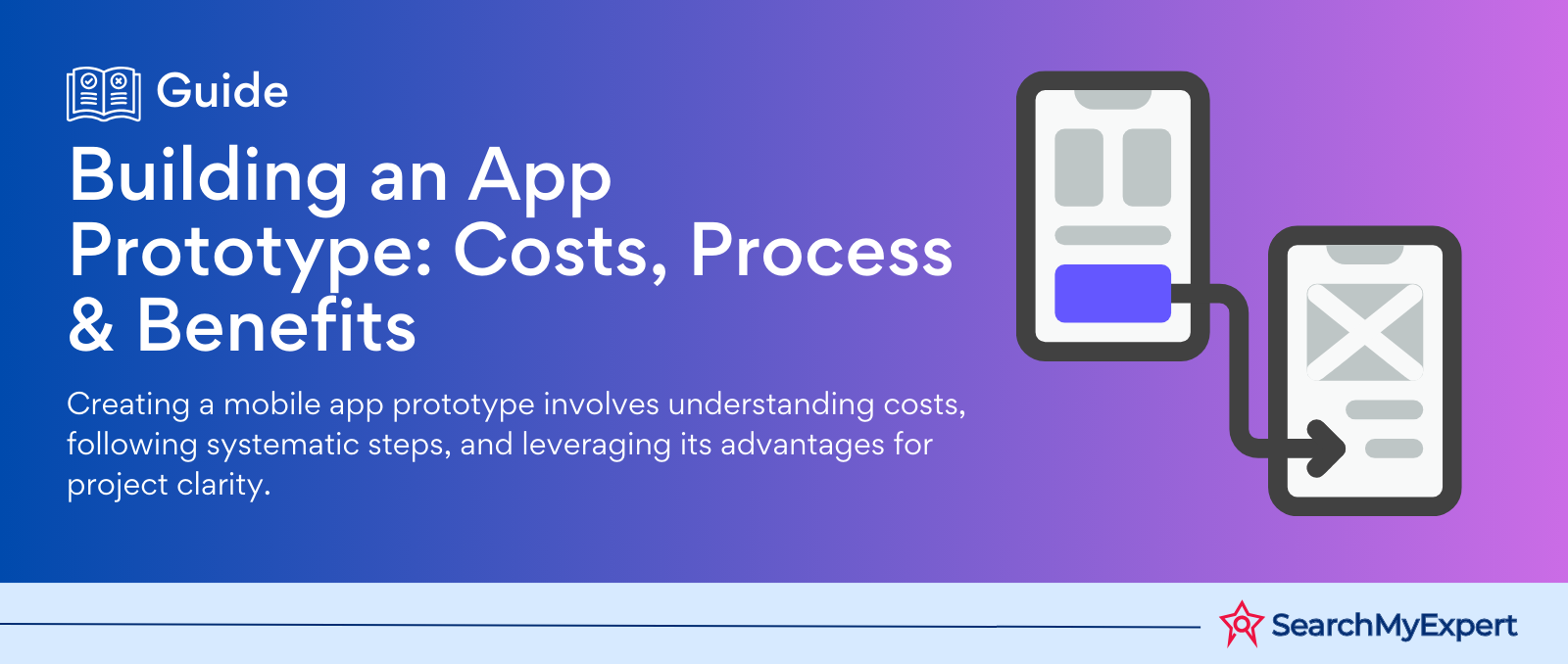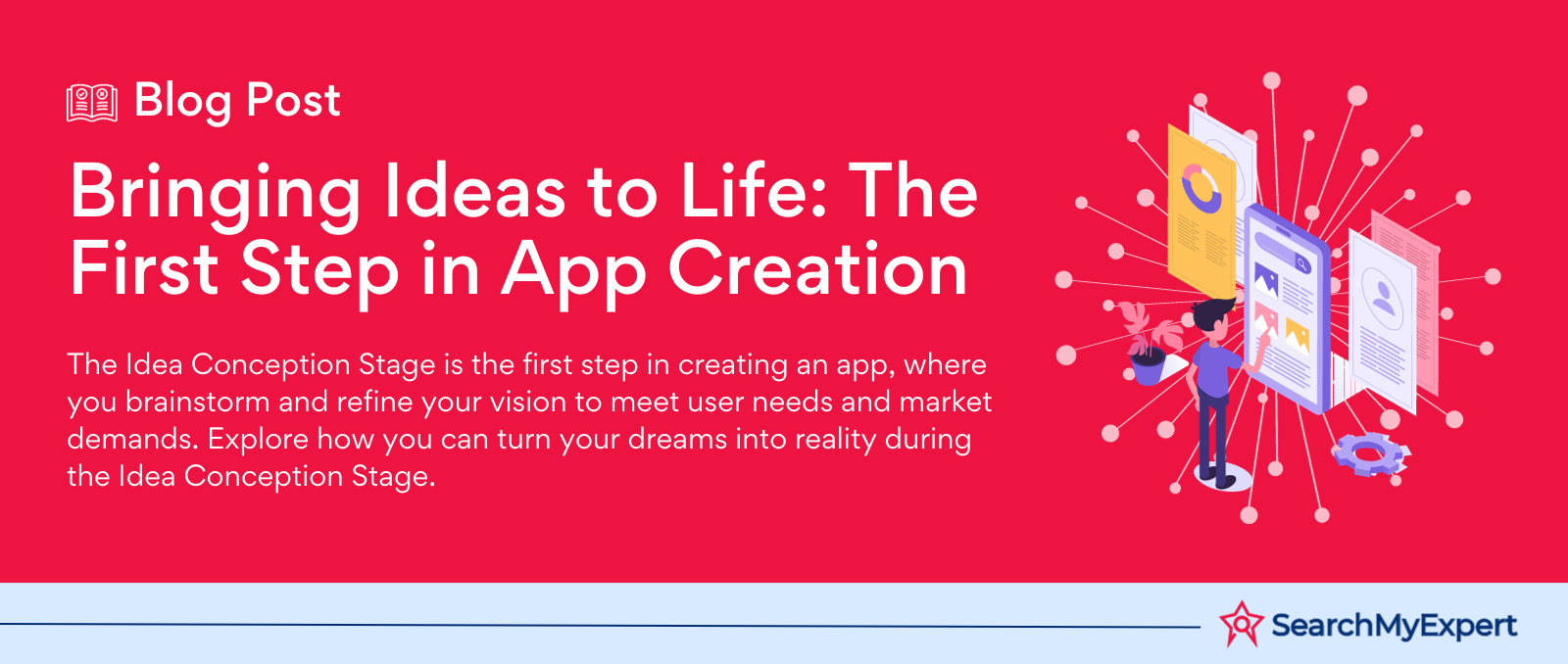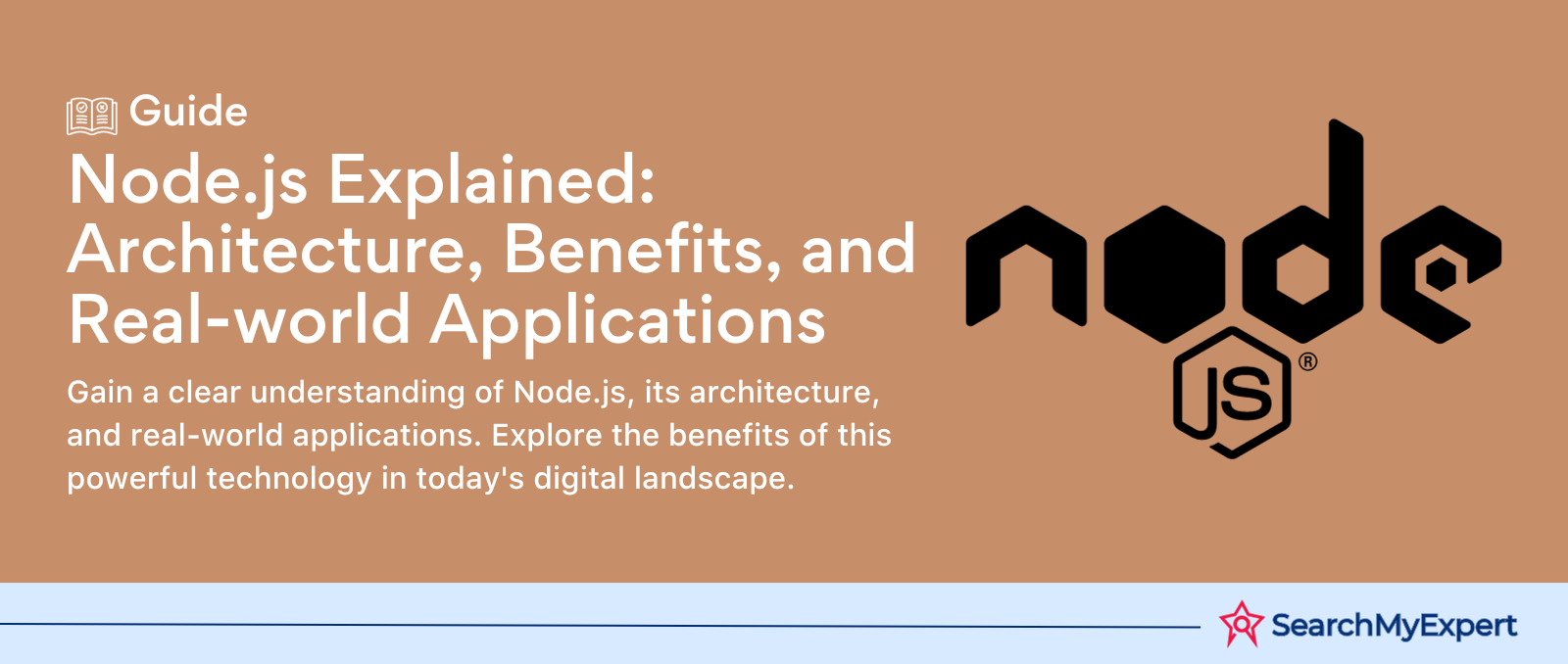Real Estate & Architecture in the Metaverse: A New Digital Frontier
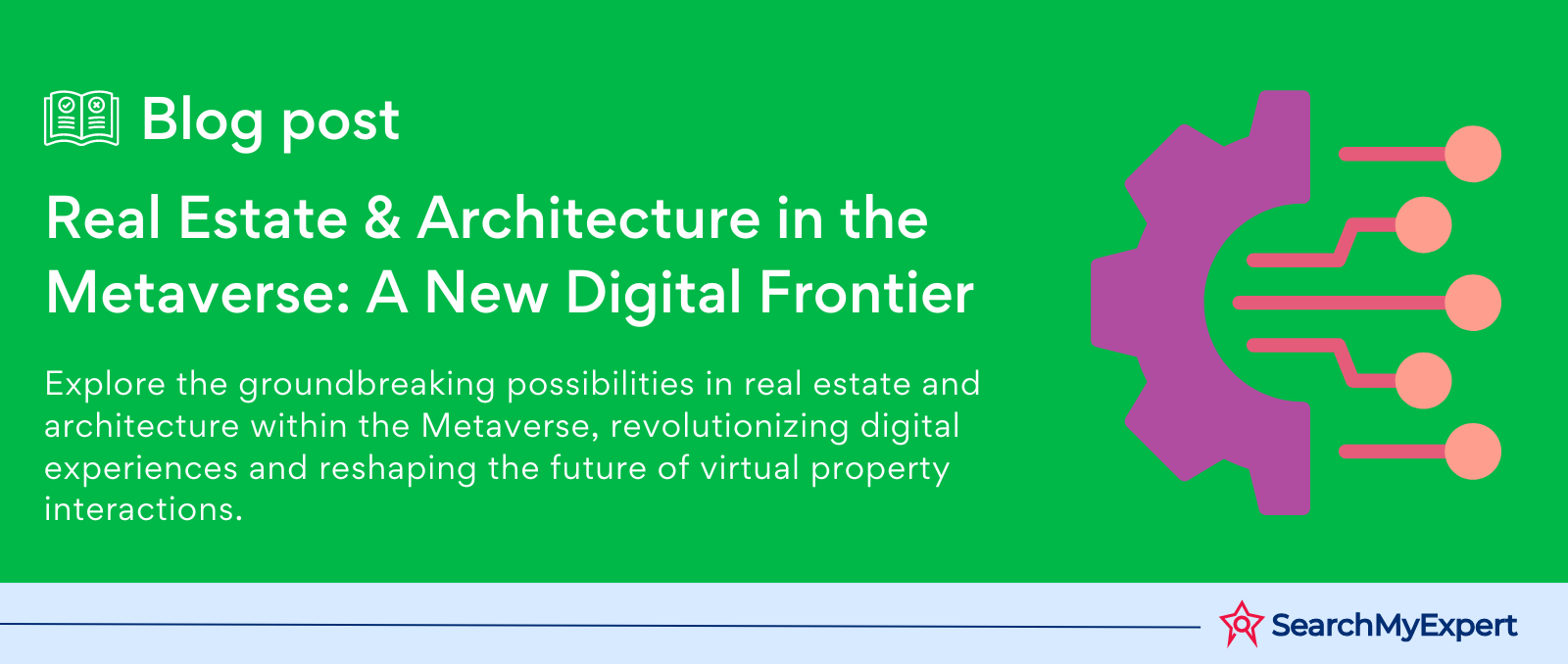
Real Estate and Architecture in the Metaverse
The Dawn of a New Digital Era
Metaverse, a term that once dwelled in the realms of science fiction, has now become a burgeoning reality. At its core, the metaverse is an expansive, immersive digital universe. It's where augmented reality (AR), virtual reality (VR), and the internet converge to create a 3D virtual world. This world is persistent, interactive, and mimics many aspects of the physical world, yet it's bound only by the limits of imagination.
Emergence of Real Estate and Architecture in the Metaverse
Imagine walking through a digital city, where every building, park, and street is a creation of digital architecture. This is the metaverse – where real estate isn't just about land and buildings but extends to digital spaces and environments. In the metaverse, real estate and architecture take on new dimensions, offering endless possibilities for creativity and innovation.
The Growing Interest and Potential
There's a burgeoning interest in the metaverse's real estate and architecture sectors. This interest isn't just from gamers or tech enthusiasts but also from investors, architects, and real estate professionals. The potential? Vast and varied. From creating virtual offices and homes to building unique, interactive spaces for socializing, shopping, and entertainment, the metaverse is redefining how we view and interact with spaces.
- Innovation in Design: Architects can push the boundaries of design, unshackled from physical limitations.
- New Investment Avenues: Real estate in the metaverse opens up novel investment opportunities, attracting a new breed of investors.
- A Social and Economic Hub: The metaverse serves as a new social and economic platform, hosting events, conferences, and even concerts.
As we stand at the cusp of this new digital frontier, it's crucial to understand its implications, opportunities, and challenges. The metaverse is not just a tech trend; it's a glimpse into the future of our digital and physical realities converging.
Metaverse Real Estate Landscape: Exploring the Virtual Terrain
Diverse Virtual Landscapes
In the metaverse, land isn't just a plot of soil; it's a digital canvas where creativity takes physical form. Different types of virtual land parcels exist, each with unique characteristics and uses:
- Residential Areas: Just like in the real world, these areas are designed for living spaces – virtual homes and personal sanctuaries.
- Commercial Spaces: These are the business hubs, ranging from virtual stores to offices.
- Entertainment Hubs: Think of virtual concert venues, art galleries, or theme parks.
- Educational and Social Zones: Spaces for learning and social interaction, transcending geographical boundaries.
- Experimental Landscapes: Here, the laws of physics are bent, creating surreal and imaginative environments.
Value Influencers in the Virtual World
In the metaverse, location, features, and proximity play pivotal roles in determining the value of virtual land:
- Location: Just like in real life, a virtual land's location is crucial. Proximity to popular hubs or landmarks can skyrocket its value.
- Features: Unique or interactive features on a parcel can enhance its attractiveness and value.
- Proximity to Other Parcels: Being near other high-value parcels can increase a land's worth, similar to a bustling city neighborhood.
NFTs: The Cornerstone of Virtual Land Ownership
Non-fungible tokens (NFTs) are integral to the metaverse's real estate market. These digital tokens represent ownership and are unique, ensuring that each piece of virtual land is distinct and cannot be replicated. NFTs facilitate the buying, selling, and trading of virtual land, making them the bedrock of the metaverse's real estate economy.
- Security and Authenticity: NFTs provide a secure, tamper-proof record of ownership.
- Ease of Transaction: Trading land becomes seamless and borderless, thanks to NFTs.
The metaverse's real estate landscape is as diverse and dynamic as its real-world counterpart. Understanding the nuances of virtual land, from types to value influencers, and the role of NFTs, is crucial for navigating this digital frontier.
Redefining Architecture in the Digital Realm
Bridging Two Worlds: Physical vs Virtual Architecture
In the realm of architecture, the contrast between the physical and virtual worlds is stark yet fascinating:
- Physical Architecture: Governed by laws of physics, engineering principles, and material constraints. It's about functionality, safety, and sustainability.
- Virtual Architecture in the Metaverse: Unbounded by gravity or traditional materials. Here, imagination and creativity reign supreme.
Unleashing Creativity in the Metaverse
The metaverse opens a universe of unique design possibilities:
- Dynamic Structures: Buildings that change shape, adapt to virtual environments, or even respond to user interactions.
- Physics-Defying Creations: Gravity-defying structures, floating islands, and surreal landscapes become possible, offering experiences beyond the mundane.
Cutting-Edge Technologies at Play
- Immersive 3D Design: Architects can design in a fully immersive 3D space, experiencing their creations in real time.
- AI-Powered Generative Architecture: AI algorithms can generate unique architectural designs, pushing the boundaries of creativity and efficiency.
The metaverse isn't just changing the way we think about architecture; it's revolutionizing it. By blending the principles of physical architecture with the limitless possibilities of virtual design, architects can create spaces that were once thought impossible. The use of immersive 3D design and AI in architecture isn't just a futuristic dream – it's a new reality, shaping the future of architectural design and creativity.
Applications and Opportunities in Virtual Real Estate
Transforming Business in the Metaverse
Virtual real estate is revolutionizing business operations:
- Virtual Offices: Say goodbye to long commutes! Companies can set up interactive, digital offices in the metaverse.
- Conferences and Showrooms: Hosting global events without geographical constraints. Showrooms in the metaverse offer a new way to showcase products interactively.
Entertainment: A New Dimension
The entertainment industry finds a dynamic playground in the metaverse:
- Gaming: Beyond mere gaming, it's an immersive experience where players live in the game.
- Concerts and Social Events: Attend concerts by your favorite artists, virtually. Social events in the metaverse allow for unique experiences and interactions.
Art and Culture in Digital Spaces
- Virtual Museums and Galleries: Explore art from around the world, without leaving your home.
- Performance Spaces: Theater and dance find new expression in the limitless realms of the metaverse.
Personalization and Self-Expression
- Custom-Designed Virtual Homes: Build your dream home, with no limits on design or architecture.
- Communities: Form communities with like-minded individuals, regardless of physical location.
Economic and Social Benefits
The metaverse offers significant economic and social advantages:
- New Economic Avenues: From real estate trading to virtual tourism, the economic potential is vast.
- Social Inclusion: Breaking physical barriers, the metaverse brings people together, fostering a more inclusive social environment.
Virtual real estate in the metaverse isn't just a new market; it's a breeding ground for innovation, offering endless opportunities for business, entertainment, art, and personal expression. Its economic and social implications are profound, heralding a new era of digital interaction and community building.
Challenges and Considerations in the Metaverse
Navigating Technical Limitations and Infrastructure
The metaverse's grand vision faces technical hurdles:
- Server Capacity and Network Stability: Essential for seamless, real-time experiences.
- High-Performance Computing: Necessary to render complex, detailed virtual environments.
- Bandwidth Requirements: Critical for delivering immersive experiences without latency.
Addressing Accessibility and Inclusivity
Ensuring that the metaverse is accessible and inclusive is vital:
- Hardware Requirements: High-end VR equipment might be unaffordable for many, limiting access.
- Designing for Diversity: The metaverse should be a space where everyone feels represented and welcome.
User Safety in Virtual Environments
- Data Security: Protecting user data in the metaverse is paramount.
- Psychological Impact: Understanding and mitigating any negative effects of prolonged exposure to virtual environments.
Legal and Regulatory Frameworks
The metaverse's legal landscape is as complex as its digital one:
- Ownership and Transactions: Establishing clear laws on virtual property rights and transactions.
- Intellectual Property: Protecting the rights of creators in the metaverse is crucial.
- Regulatory Oversight: Balancing innovation with user protection and ethical considerations.
While the metaverse presents a world of possibilities, it also brings with it a host of challenges and considerations. From technical limitations to legal frameworks, navigating these issues is essential for creating a metaverse that is safe, inclusive, and sustainable. As we venture into this digital frontier, these considerations will shape the foundation upon which the metaverse is built.
The Future of Metaverse Real Estate and Architecture
Impact on Traditional Industries
The metaverse is poised to leave a lasting impact on traditional real estate and architecture:
- Hybrid Developments: A future where physical and digital architectures influence each other.
- New Design Perspectives: Architects might draw inspiration from virtual designs for physical structures.
- Market Expansion: The real estate market could expand to include virtual properties, changing the dynamics of property ownership and investment.
Adaptation and Integration
How will these fields adapt and integrate with the metaverse?
- Digital-Physical Blending: Architects and developers might start designing for both physical and virtual realms simultaneously.
- Virtual Prototyping: Use of the metaverse for testing and visualizing architectural designs before physical construction.
- Cross-Industry Collaboration: Tech companies and real estate developers collaborate to create blended experiences.
Beyond Current Imagination: Envisioning the Future
The potential scenarios for virtual spaces are boundless:
- Virtual Eco-Cities: Sustainable and eco-friendly virtual cities that could influence real-world urban planning.
- Time Travel Tourism: Virtual recreations of historical or futuristic cities.
- Interstellar Real Estate: Designing properties on virtual planets or space stations.
The future of metaverse real estate and architecture is not just an extension of what we know today; it's a new horizon of possibilities. As these fields adapt and evolve, we're likely to see a seamless blend of the physical and digital, opening up unprecedented opportunities for creativity, innovation, and interaction.
Shaping the Future of the Metaverse
Key Takeaways
- Metaverse as a New Frontier: The metaverse is redefining the concepts of real estate and architecture, transcending physical limitations.
- Diverse Applications: From business to entertainment, art, and personal spaces, the metaverse offers a plethora of applications.
- Technological Innovation: Advanced technologies like AI, 3D design, and NFTs are crucial in shaping virtual real estate and architecture.
- Challenges and Considerations: Technical, legal, and ethical considerations are key to developing a sustainable and inclusive metaverse.
- Impact on Traditional Fields: The metaverse is influencing traditional real estate and architecture, leading to innovative hybrid developments.
The Significance of Real Estate and Architecture in the Metaverse
Real estate and architecture in the metaverse aren't just digital constructs; they're central to the very essence of this virtual universe. They shape experiences, interactions, and the economic landscape of the metaverse. The creativity and innovation in these fields are crucial in determining how immersive and engaging the metaverse will be.
A Call to Action
The rapidly evolving field of metaverse real estate and architecture beckons for more exploration, research, and innovation. It's an invitation to architects, developers, investors, and enthusiasts to contribute to this digital revolution. The potential of the metaverse is vast, but it requires collective effort and ingenuity to fully realize its possibilities.
Conclusion
Real estate and architecture in the metaverse are more than just digital constructs; they're the building blocks of a new digital reality. As we continue to explore and innovate in this space, the impact on our digital and physical lives could be profound and far-reaching.
Partner with the forefront of innovation –
Metaverse Development Service Agencies.
share this page if you liked it 😊
Other Related Blogs

Mastering Docker for App Development: A Comprehensive Guide to Benefits, Use-Cases, and Alternatives
STAY UP TO DATE
GET PATH'S LATEST
Receive bi-weekly updates from the SME, and get a heads up on upcoming events.
Contact Us





